True Stories about Wildlife Gardens
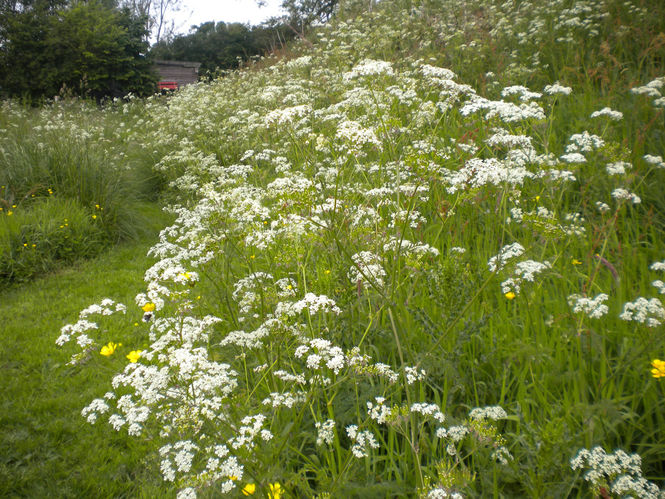
Anyone can create and safeguard wild habitats. The way gardens are cared for can benefit the natural world. That said, you don’t need to own land to make a difference. You can contribute in many ways, educating yourself on how to protect wildlife is a great place to start. Visit our open gardens, be nosy, ask questions and gather ideas. Here are some tips from our Garden Openers who pride themselves in maintaining wildlife-friendly grounds.
Helen Rushton of Bruckhills Croft, Aberdeenshire, The winner of the Gardeners' World Magazine Wildlife Gardener of the Year 2017. Visit Helen’s Facebook page.
The advice I would give to increase biodiversity in gardens is to incorporate as many types of plants as possible starting with a tree, even a small one. Trees are often forgotten in preference for flowering plants, but they are the food-plant for the caterpillars of many kind of moths which in turn are food for many garden birds and bats.
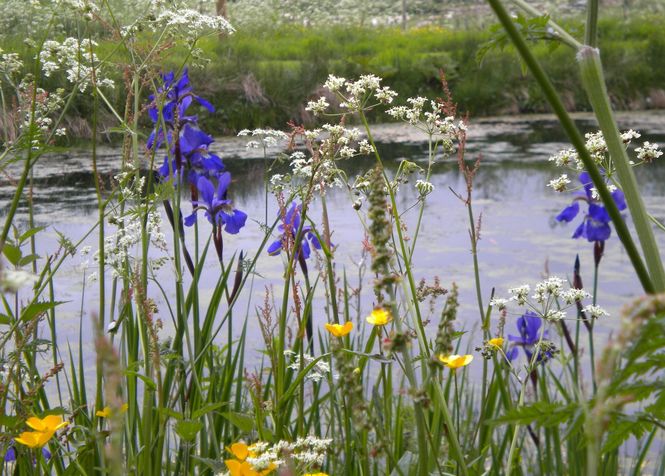
Try to incorporate some native plants as food sources for insects, our native bees and hoverflies have evolved to feed on them so often will feed on them first in preference to others, but non-native have their place, too as they will extend the season. Some plants like Buddleia are a very rich source of nectar. Finally, don't be too tidy. Leave some areas rough to provide shelter for insects and small mammals, this is important over winter. Seed heads from flowers, grasses and some shrubs will also provide food for birds over winter - instead of tidying up in Autumn, leave some of the cutting back till the Spring. Then you can add to all this by putting up bird boxes, bat boxes and then on the ground hedgehog and bumblebee houses.
Also don't forget water. It doesn't have to be a pond – even a shallow birdbath with regular clean water will encourage birds into the garden, and you will find bumblebees and other insects coming to visit it.
Browse here for more gardens with water features
Mary Lindsay of Dal an Eas, Argyll
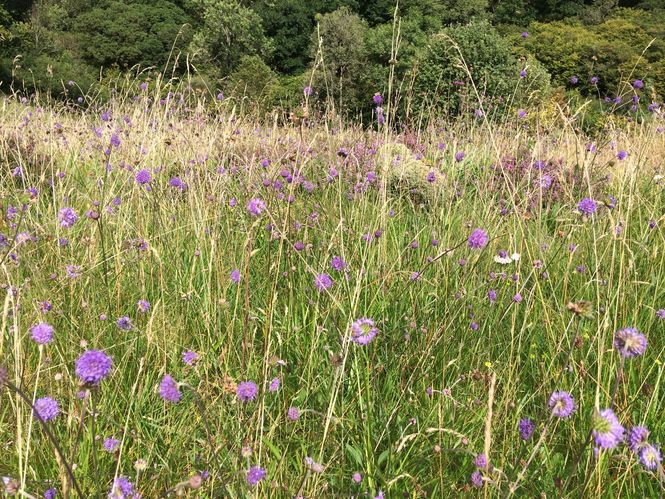
Our job before we retired was not compatible with gardening. We took people on sailing holidays round the islands of the West Coast so were at sea for six months of the year.I used to do wildflower counts every time I got ashore and read gardening books in my time off. The place we found to live a while before we retired is very lovely in its own right with a mixture of habitats: native woodland, unimproved grassland, bog, ponds and waterside with a glacial acid to neutral soil. The land had been very heavily grazed for a long time and after a couple of years the number of species of flowers and insects had increased by a large amount but after a few years more the tussocky grasses etc started to take over and the flowers to decrease. To maintain what we had we cut the grassy areas at the end of our working season in October or whenever weather permitted in the autumn.
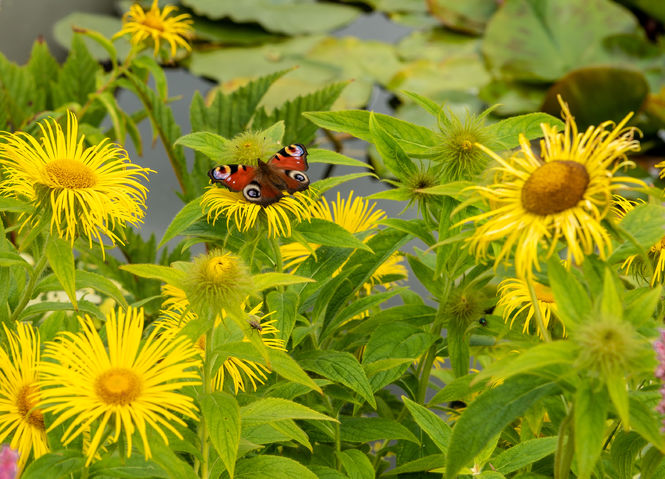
After nearly twenty years of this we have a good example of acid to neutral unimproved grassland....which is a bit of a mouthful which is why I call it ‘meadow’. There are no introduced species in the main area that we look out on and it has been interesting to see the changes over the years. Cutting late in the season means that the orchid seed gets a chance to ripen. Sometimes one plant is very numerous and another year another. This year’s 7-week drought in the early summer perhaps meant fewer marsh orchids.... hopefully they will be back. I have never had a full biodiversity survey. I wish. It is not something I am knowledgeable enough to do but I keep my eyes open. I have seen eighteen of our native butterflies on our land. All I can do is encourage and try and do no harm.
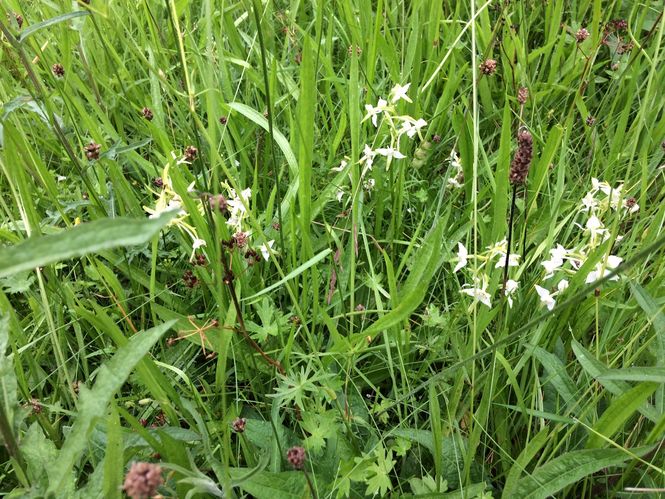
I worry that the forestry’s use of neonicotinoids is affecting the number of insects as we have no intensive farming near here, or maybe it is the higher intensity of rainfall due to climate change. One side benefit of all the work of removing all the cut vegetation is that I have a huge supply of free compost which although weedy is good for cultivated parts of the garden and for a bottom layer potting on plants for sale. I try to have bee-friendly plants in flower all year and to leave some dead wood but as we are surrounded by native woodland which is unmanaged the detritivores are well provided for. Frogs, newts, toads and slowworms are happy here. Our two cats are not very wildlife friendly but thankfully they are less lethal than they were in their youth. And personally, I would be happy if all the deer eating the garden ended up in my freezer!
With over 500 mainly private gardens opening their gates to the public, and around 40% of those boasting a wildlife area, our charity is calling on visitors to embrace the natural world by enjoying, learning and being inspired to create nature-friendly features in their own gardens at home.
Browse here for more wildlife-friendly gardens


